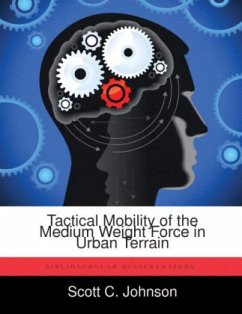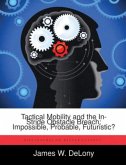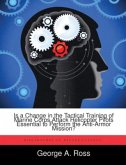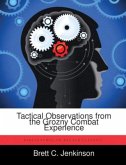The potential for urban combat grows more plausible and probable as the world s population migrates toward cities and adversaries attempt to minimize the technological advantage of the U.S. military. Both emerging doctrine and the development of a full spectrum medium weight force known as the Interim Brigade Combat Team (IBCT) provide ample evidence that the U.S. Army acknowledges this increased potential for military operations in urban terrain (MOUT). Mobility and the dismounted infantry assault are the IBCT s two key operational capabilities. Since the IBCT provides an early entry combat force capable of decisive action to the war-fighting CINC, it must be capable of conducting immediate decisive, shaping and sustaining operations in urban terrain with its organic assets and capabilities. Both decisive and shaping operations require maneuver an element of combat power, however without mobility, the IBCT cannot maneuver. The IBCT s ability to conduct mobility operations tasks is directly linked to its mobility, ability to maneuver and capability to conduct decisive operations in urban terrain. This leads to the question: Does the IBCT have the capability to conduct the tactical mobility operations required to meet the demands of decisive offensive operations in urban terrain? This monograph reviews emerging U.S. Army doctrine, existing and emerging mobility assets and tactics, techniques and procedures (TTP), and the IBCT organization and employment concept to determine the organic mobility capabilities of the IBCT. A review of recent MOUT operations, lessons learned, and the emerging urban environment provide visibility of the mobility requirements of the IBCT and the environmental restrictions urban terrain places on a force. Next, the monograph analyzes the IBCT s organic mobility capabilities to determine their applicability to urban environment by assessing the feasibility, acceptability, and suitability of using the mobility capabilities in the emerg








